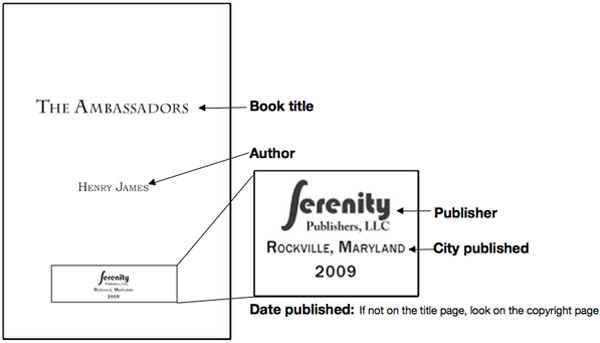
Citation management software allows you to:
There are many options out there. Some are free, some are paid sites. Some universities provide students' access to their paid subscription. Simply ask the librarian at the library which management tool they suggest.
Here at Rockhurst University, we suggest using either
We use "citations to tell the reader that the material or information in a work comes from another sources and allows the reader to find the original source of that information." (plagiarism.org)
There are hundreds of citation styles. Many of these are specific to publications (Nature) or research fields (American Chemical Society). Thankfully there are 4 main styles used in academia.
If you instructor did not specific the style, ask! Instructors may take points off your grade for improper citations use. If you need help with learning a new style or just want to make sure you are doing it right, ask a librarian!
These style are not just for how you will cite a reference. They also determine how a paper is formatted and can define the writing style of paper. Refer to the offical guides to determine how you need to meet these criteria.
Author(s), Title, Publisher, Publication Location, and Publication Date.

Scholarly Article Citation Information:
Author(s), Article Title, Journal Title, Volume Number, Issue Number, Publication Date, and Page Numbers.

Different citation styles use different systems. Here are the main two.
Vancouver, which uses sequential numbers that refer to foot or endnotes.

Parenthetical referencing, which uses full or partialcitations enclosed inparentheses.

When creating a reference page you will be required to "hang indent" each entry. This means the second and all the following lines of a paragraph are indented more than the first. Instead of struggling with word's ruler, there is a simple buttun that will hang all your references at once without any format issues.
Write your full citation(s) as usually. Then highlight the full citation(s). Expand the Paragraph dialog box.

Select "Hanging" under special indentation.

In-text citation is used when you want to use a source within your text.
Indirect or Paraphrasing:
Direct: